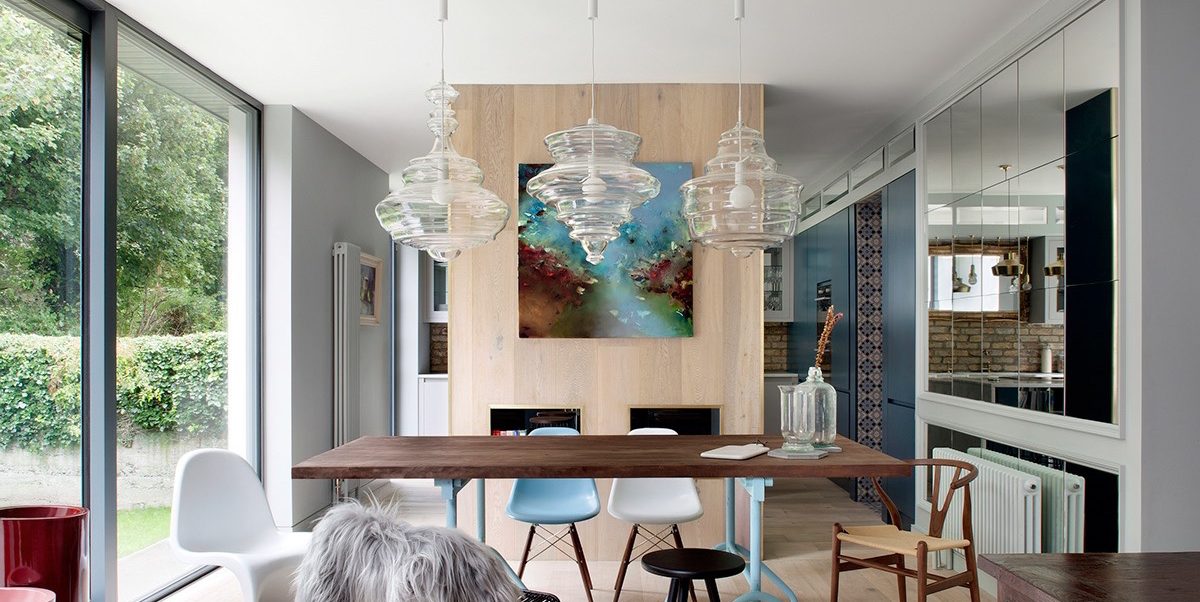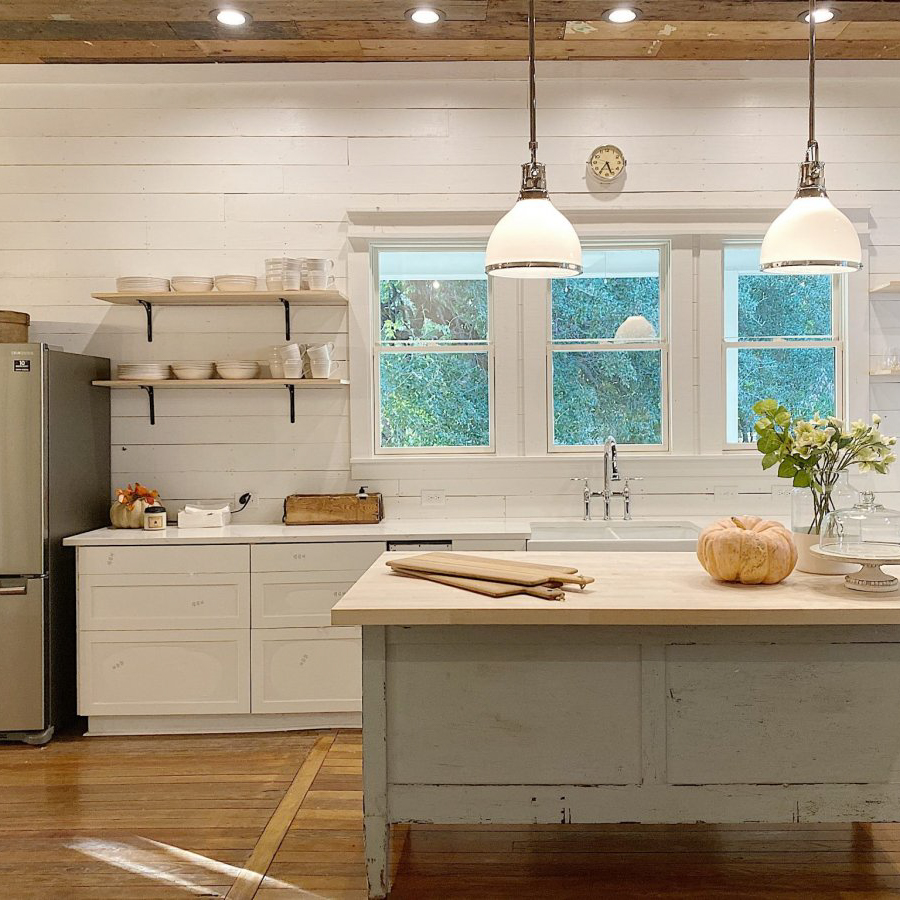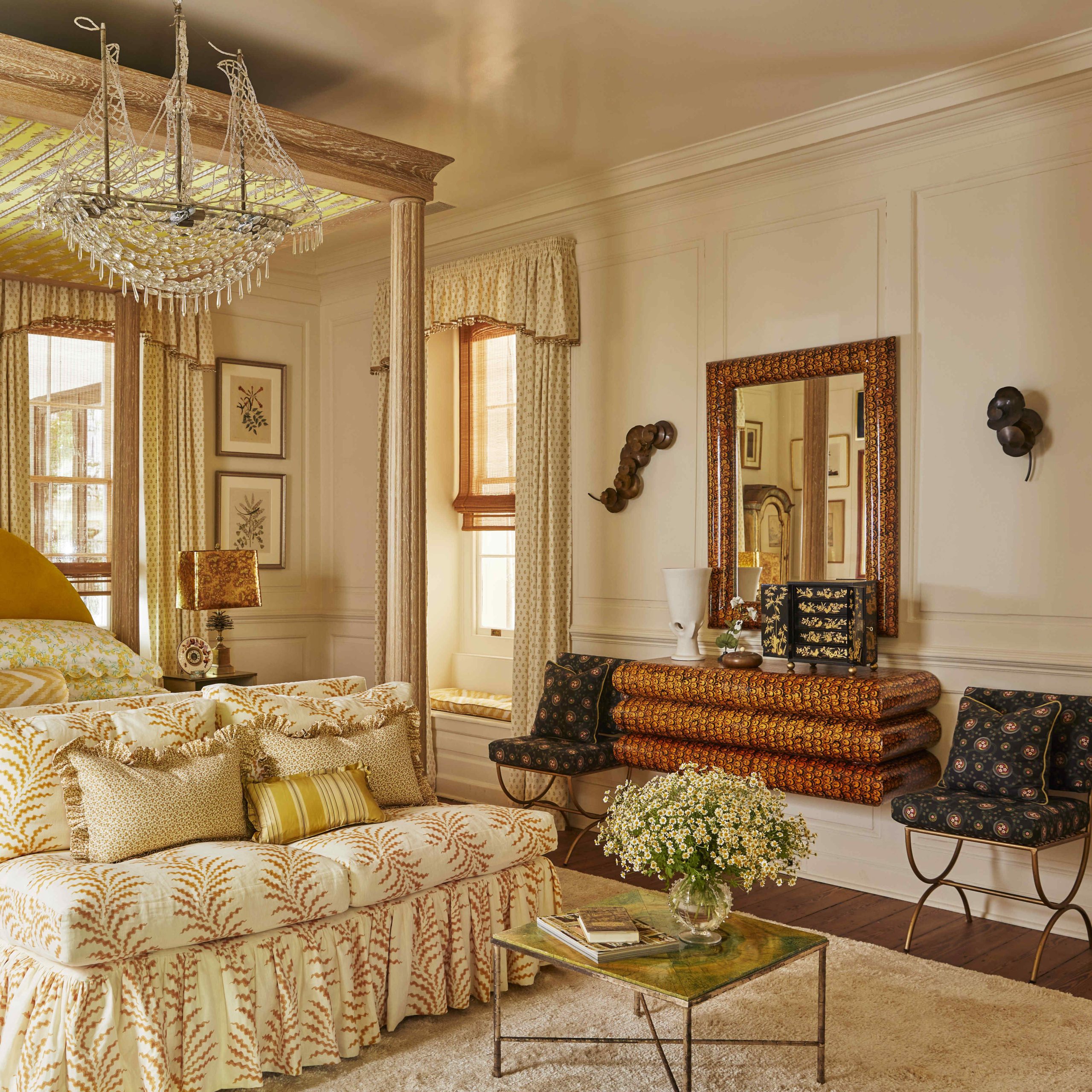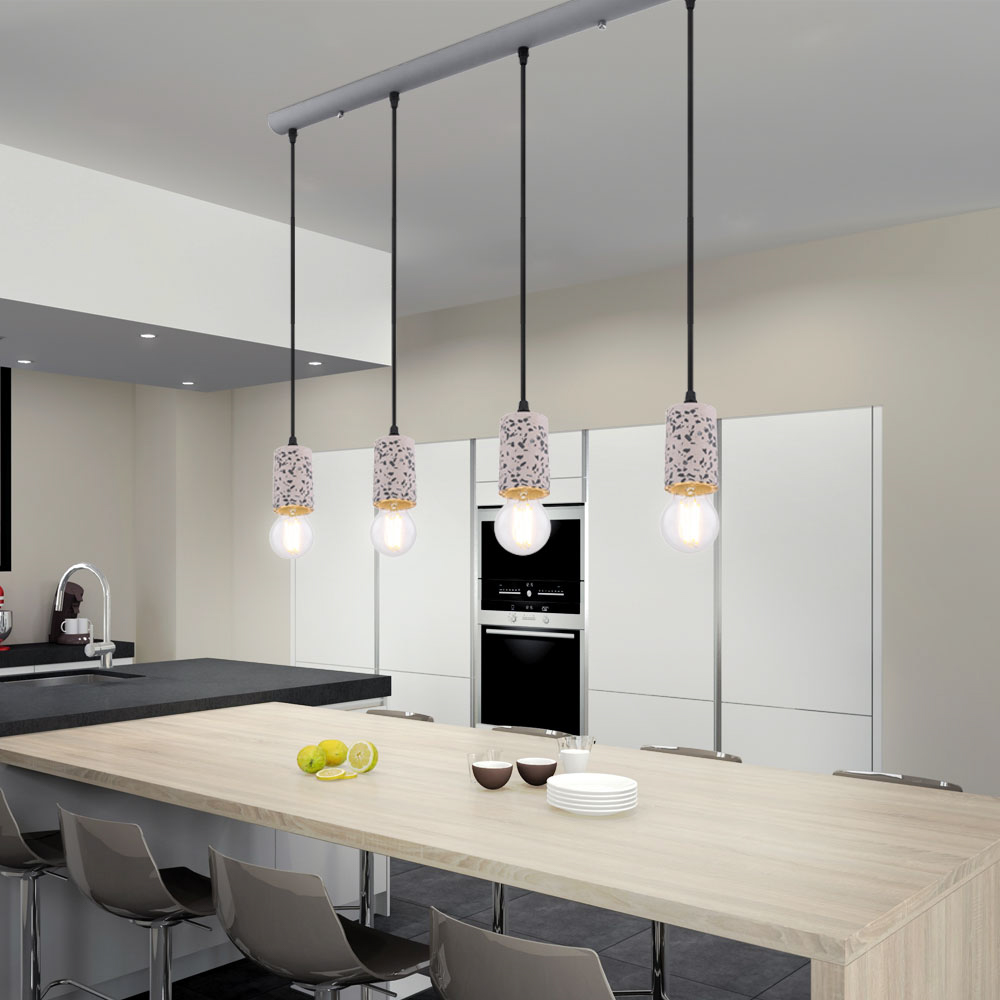The Definition of Scandinavian Style
The Scandinavian style of interior design has become increasingly popular in recent years, gaining momentum across the globe. Scandinavian style is a design movement that emerged from the 1950s to 1970s in the Nordic countries—Norway, Sweden, Finland, Denmark, and Iceland. Known for its simplicity, functionality, and minimalism, Scandinavian style has become a hot trend in modern design.
The Scandinavian aesthetic is designed with a focus on functionality and simplicity, without sacrificing beauty. Every aspect of the design is intended to be functional, effective, and aesthetically pleasing. Scandinavian style prioritizes the use of natural material, such as wood, leather, and wool, and neutral colors, like grey, white, and beige.
The Pillars of Scandinavian Design
Minimalism
The first and foremost pillar of Scandinavian style is minimalism. It’s all about stripping away the unnecessary, leaving only the essentials. Scandinavian interior design is a perfect example of how “less is more.”
To design a minimalistic space, you must identify the essential items and eliminate any superfluous or unneeded items. Furniture must be minimalistic and functional, with clean lines, geometric shapes, and simple details.
Lighting
Scandinavian design balances the emphasis on natural light, as daylight is limited during winter months in Nordic countries. In order to optimize natural light in Scandinavian design, it is advised to use light-toned curtains, eliminate furniture that obstructs natural light, and keep window sils open. Artificial lighting plays a critical role in bringing the cozy warmth commonly associated with Scandinavia.
Textures
The functional use of textures is also a hallmark of interior design in Scandinavia. When it comes to textiles, the emphasis on function is still present. Natural fibers such as wool, silk, flax, and cotton are preferred in Scandinavian design due to the region’s harsh winters. The preference for natural materials ensures the cohesiveness and consistency of the design. The use of fur, wool, and knit fabric add a soft and cozy aspect to the interior.
Applying Scandinavian Design Trend in Your Home
One of the best ways to incorporate Scandinavian design into your home is by focusing on neutral, earthy colors. Shades such as white, grey, black and tan create a calming and harmonious ambiance. The use of natural materials, such as wood and stone, can help bring an authenticity to the design.
Bringing in natural finishes, such as wood floors and wood furniture, can add warmth to your space while also keeping the minimalistic style of Scandinavian design. Add depth and texture to your walls by adding wood paneling or a natural stone.
When creating a Scandinavian-inspired room, focus on the use of natural fibers and textures such as wool, cotton, linen, and fur. The use of heavy textiles can add dimension, warmth, and the cozy look that is characteristic of Scandinavia.




